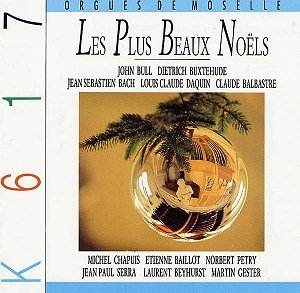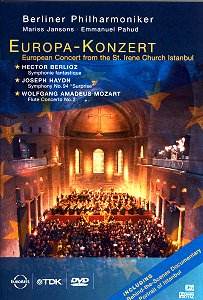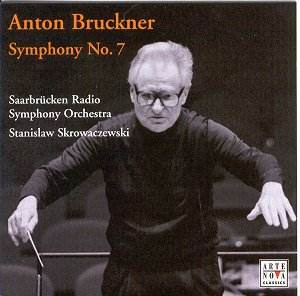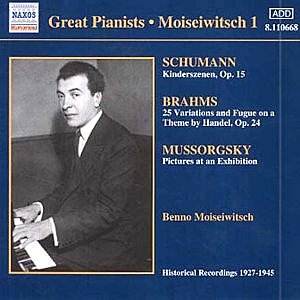 Composer: Les
Composer: Les
Works: Plus Beaux Noëls aux Orgues de Moselle
Performers: Michel Chapuis (Improvisation, Balbastre), Etienne Baillot (Bull), Martin Gester (Buxtehude), Norbert Petry (Bach), Laurent Beyhurst (first Daquin), Jean Paul Serra (second Daquin)
Recording: Various locations in the Moselle, May, September, and October 1990
Label: K617008
The collection “Plus Beaux Noëls aux Orgues de Moselle” presents a beguiling panorama of Baroque organ music centered around the Christmas repertoire. This compilation not only showcases the rich tapestry of early music but also highlights the unique sounds of the Moselle region’s historical organs. The featured composers—John Bull, Dietrich Buxtehude, J.S. Bach, Louis Claude Daquin, and Claude Balbastre—each bring their distinct style to the fore, offering a glimpse into the celebratory spirit associated with the festive season in the 17th and 18th centuries.
The opening Improvisation by Michel Chapuis captivates with its ethereal flute-like registrations, setting a whimsical mood that complements the Christmas theme beautifully. This initial track encapsulates a profound sense of joy and wonder, drawing the listener into the celebratory ambiance of the season. In the subsequent John Bull piece, played by Etienne Baillot, the performance adopts a more restrained approach, eschewing the flamboyance that one might expect. While this interpretation emphasizes clarity and precision, it arguably diminishes the inherent wit and lively character of Bull’s composition. However, the Virming organ’s shimmering qualities, rendered by Martin Gester in the Buxtehude selection, showcase a different facet, where glassy timbres create an enchanting soundscape that remains engaging throughout.
Norbert Petry’s interpretation of Bach’s Christmas Chorales (BWV 602-611), performed on the Sarralbe organ, is particularly noteworthy. Petry navigates the delicate balance between the playful and the grand, employing a wide registration range that oscillates between the ethereal and the robust. Highlights include BWV 606, where a delightful synthesis of tonal colors creates a vivid auditory picture, and BWV 608’s “In dulci jubilo,” which presents a climactic grandeur that is both satisfying and reflective. The brevity of these pieces, each hovering around the two-minute mark, serves to enhance their accessibility while still providing a contemplative centerpiece to the overall recital.
The Daquin selections, particularly the “Noël en tierce en taille” and “Carol Suisse,” exemplify the composer’s ability to blend drama with introspection. Laurent Beyhurst and Jean Paul Serra bring these works to life with a nuanced understanding of their contrasting moods, allowing the dynamic shifts to unfold naturally. Balbastre’s “Noël Bourguignon” offers a taste of imaginative flair, characterized by a sinuous bass line that propels the music forward with a lively spirit. The collection’s closing piece, “Joseph est bon marié,” returns to a reflective simplicity, concluding the program on a note of understated elegance that resonates long after the final chord has faded.
The sound quality of this recording, while not accompanied by extensive liner notes, remains commendable, allowing the listener to appreciate the distinct tonal characteristics of each organ. The engineering provides a balanced perspective on the instruments, capturing their resonances without overwhelming the performances. Although the disc’s duration may seem modest at under 50 minutes, it is rich in variety and musical depth.
This recording serves as a charming introduction to the Christmas organ repertoire, combining historical insight with engaging performances. The thoughtful interpretations by each organist highlight the unique qualities of the Moselle organs and the varied stylistic elements of the selected works. The absence of extensive documentation does not detract from the overall experience; rather, it invites listeners to immerse themselves in the music without distraction. This disc stands as a delightful testament to the enduring beauty of these Baroque compositions, celebrating the season with joy and grace.



